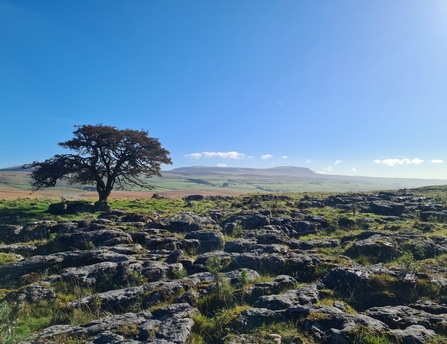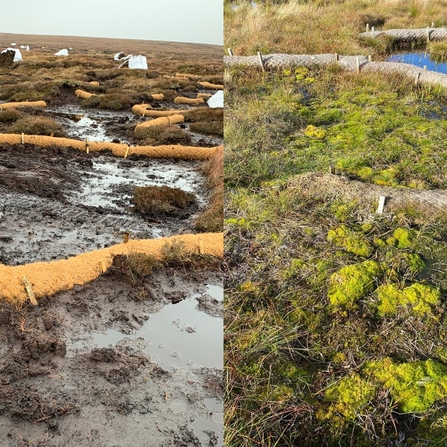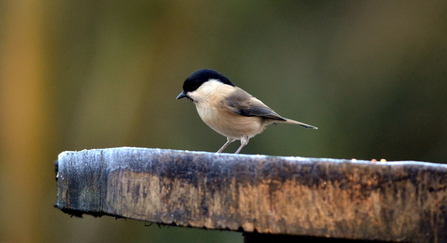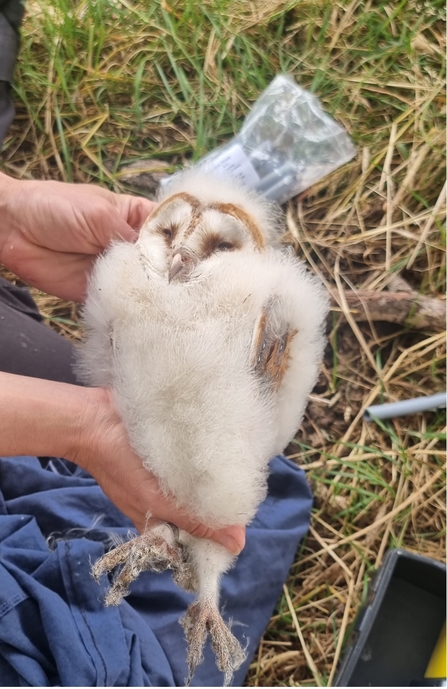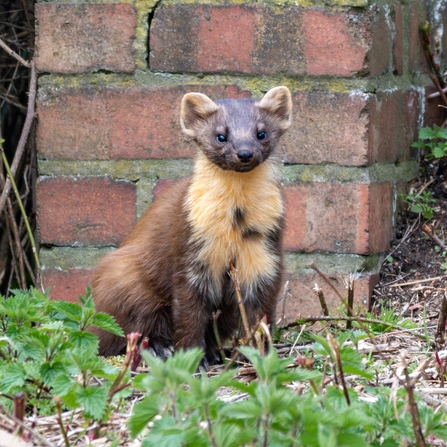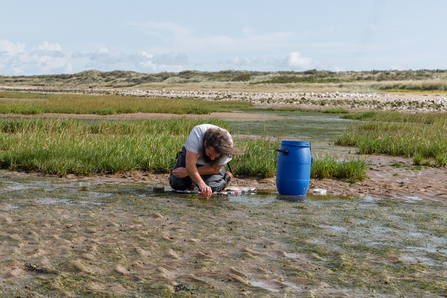Welcome to Yorkshire Wildlife Trust’s year in wildlife – featuring our highlights from a year of wild wonders as we care for nature and wild places across the region.
From our 100 nature reserves and peat and marine restoration programmes to community projects, we’re proud to be at the frontline of conservation in Yorkshire thanks to the help of our thousands of members and supporters.
It’s been a particularly exciting year for wildlife sightings, from a pine marten at Spurn Point to our first osprey at Ripon City Wetlands. We’ve spotted rare water beetles at Potteric Carr, ringed a clutch of barn owls at Stirley, and welcomed some breeding bird species for the first time.
Rachael Bice, Chief Executive of Yorkshire Wildlife Trust, said;
“We are incredibly proud of everything we have achieved for Yorkshire’s wildlife, and there is certainly a great deal to celebrate. Our landscape-scale projects are making a difference at a significant scale, and we are helping new life to flourish through of species reintroductions and breeding successes.
“More than ever before, Yorkshire’s wildlife needs the protection offered by our nature reserves. These incredible places, some of the best examples of a once rich and wild Yorkshire landscape, are now increasingly rare pockets of sanctuary and the last refuges for much of our iconic and irreplaceable wildlife. We are working to join up these pockets as best we can and have ambitious plans for 2024. However, we are facing a future of political change and a destabilised climate. This means it is vitally important we continue to speak up for wildlife and our wild places, supported by our amazing members and supporters.
“We thank all our wonderful members, partners, funders, visitors and volunteers for their ongoing support which has allowed us to make such a difference to our wildlife and wild places, and are proud to work on their behalf for the benefit of wildlife everywhere.”

